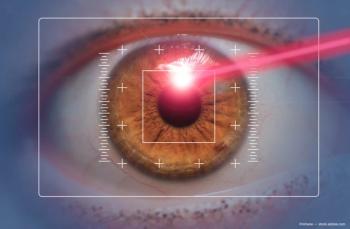
$2.2 million grant will fund optic nerve study
The Burke Medical Research Institute has been awarded a 5-year, $2,262,500 scientific research grant by the National Eye Institute of the National Institutes of Health.
White Plains, NY-The Burke Medical Research Institute has been awarded a 5-year, $2,262,500 scientific research grant by the National Eye Institute of the National Institutes of Health.
The grant will fund the study of biochemical signaling pathways that are required for the growth of nerve fibers, and to determine whether those pathways can enable regeneration in an injured optic nerve.
The study will be led by Jian Zhong, PhD, director of the Molecular Regeneration and Neuroimaging Laboratory at the Burke Medical Research Institute and assistant professor at Weill Cornell Medical College in New York.
“This grant will allow us to forge ahead with our research into a novel mechanism that can drive axon growth in the injured optic nerve and [we hope] will lead to some functional recovery-recovery of vision after an optic nerve injury and eventually also recovery of movement and other functions after other nerve damage such as a spinal cord injury,” Dr. Zhong said.
What is learned from this study of the optic nerve could have larger implications for other conditions caused by nerve damage.
The Burke Medical Research Institute is the research entity of the Burke Rehabilitation Center.
For more articles in this issue of Ophthalmology Times eReport,
Newsletter
Don’t miss out—get Ophthalmology Times updates on the latest clinical advancements and expert interviews, straight to your inbox.















































.png)


